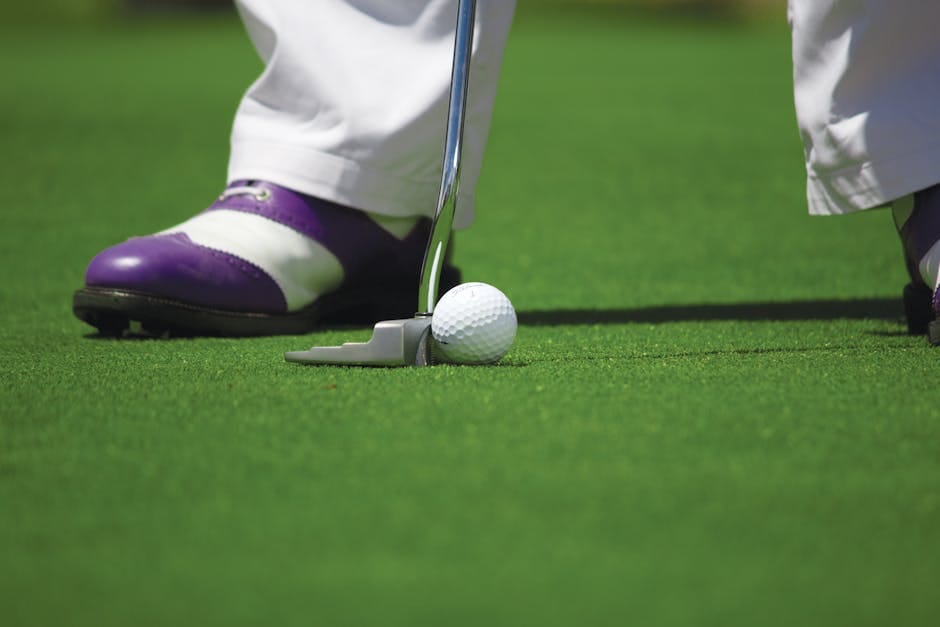Golf clubs, the essential tools that propel the game of golf, are not mere pieces of equipment but rather intricate instruments that demand knowledge and understanding to harness their full potential. Each club serves a specific purpose, catering to different shot requirements and course conditions. In this comprehensive guide, we delve into the world of golf clubs, exploring their components, types, and the factors that influence their selection.
**The Anatomy of a Golf Club**
A golf club consists of three primary components: the head, the shaft, and the grip. The club head, the striking surface that impacts the ball, is meticulously crafted from various materials, including steel, titanium, and composite alloys. Shafts, the connectors between the head and the grip, determine the flex and weight of the club, affecting accuracy and distance. Grips, made from rubber or leather, provide a comfortable hold and influence the player's swing.
**Types of Golf Clubs**
The arsenal of golf clubs is vast, catering to the diverse demands of the game. Each type is designed for specific shot trajectories, distances, and course conditions. The most common types include:
– **Woods**: Long-distance clubs used for tee shots and fairway shots. They have larger heads and longer shafts, enabling greater distance.
– **Irons**: Clubs designed for approach shots and mid-range distances. They have smaller heads and shorter shafts, providing more control and accuracy.
– **Hybrids**: A fusion of woods and irons, hybrids offer versatility and distance control for a wide range of shots.
– **Putters**: Specialized clubs used for rolling the ball on the greens. They have flat heads and short shafts, enhancing precision and touch.
– **Wedges**: Clubs designed for short shots around the greens and out of bunkers. They have a variety of loft angles for different distances and trajectories.
**Factors Influencing Club Selection**
Choosing the right golf club for each shot is crucial for success on the course. Several factors play a role in the selection process:
– **Distance**: The distance to the target determines the club's length and loft. Longer clubs generate greater distance, while shorter clubs provide more accuracy.
– **Trajectory**: The desired trajectory of the shot influences the club's loft. Higher lofted clubs produce higher shots, while lower lofted clubs produce lower shots.
– **Lie**: The lie of the ball, whether it is on a tee, in the fairway, or in the rough, affects the club's shaft angle. Clubs with different lie angles are designed for specific lie conditions.
– **Wind**: Wind conditions can alter the trajectory and distance of the shot. Players may need to adjust their club selection based on the wind direction and speed.
**Conclusion**
Golf clubs are not just tools but extensions of the player's swing. Understanding their components, types, and influencing factors empowers golfers to make informed club selections, optimizing their performance on the course. By mastering the art of club selection, golfers can unlock their potential, shave strokes off their scores, and experience the true joy of the game.

